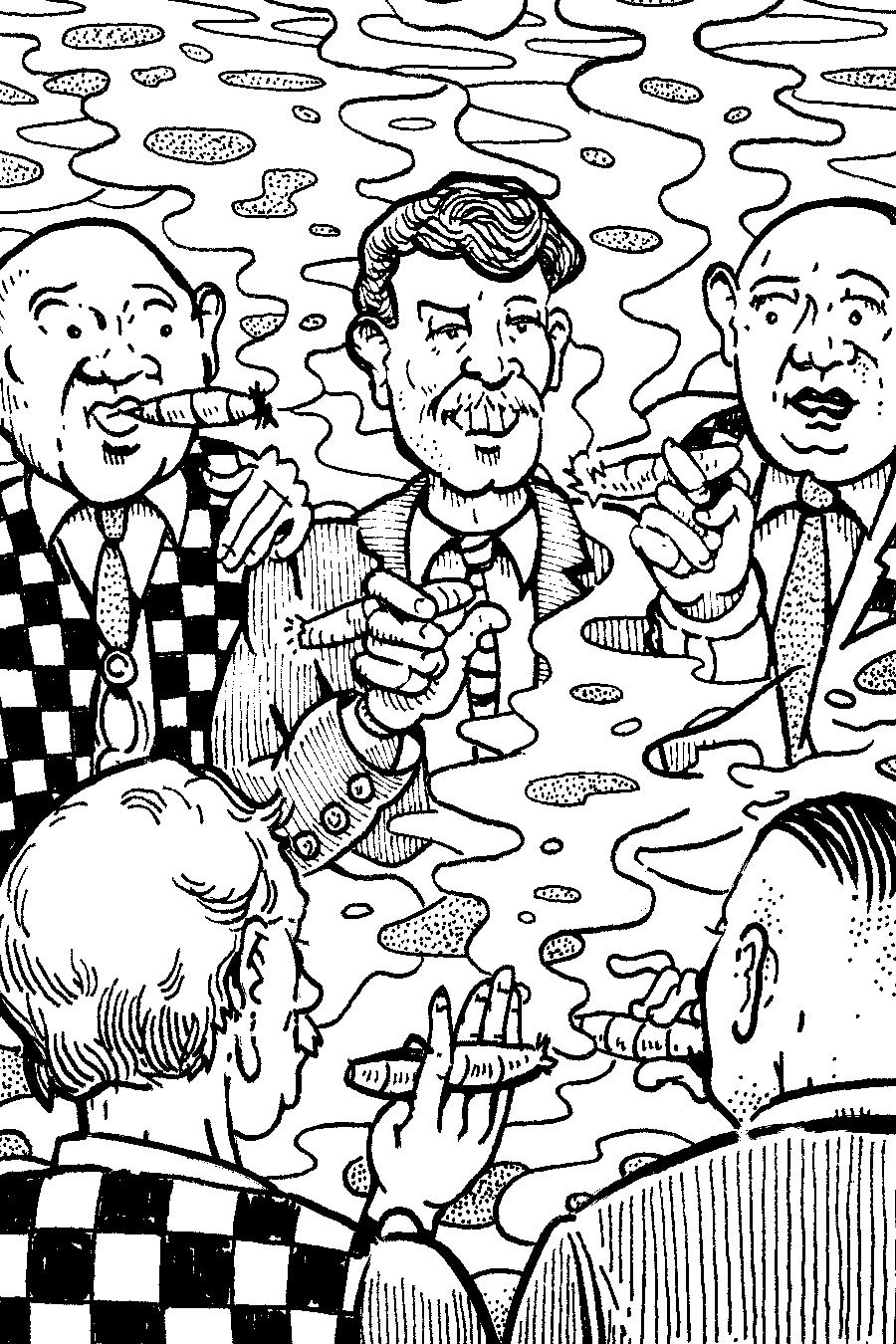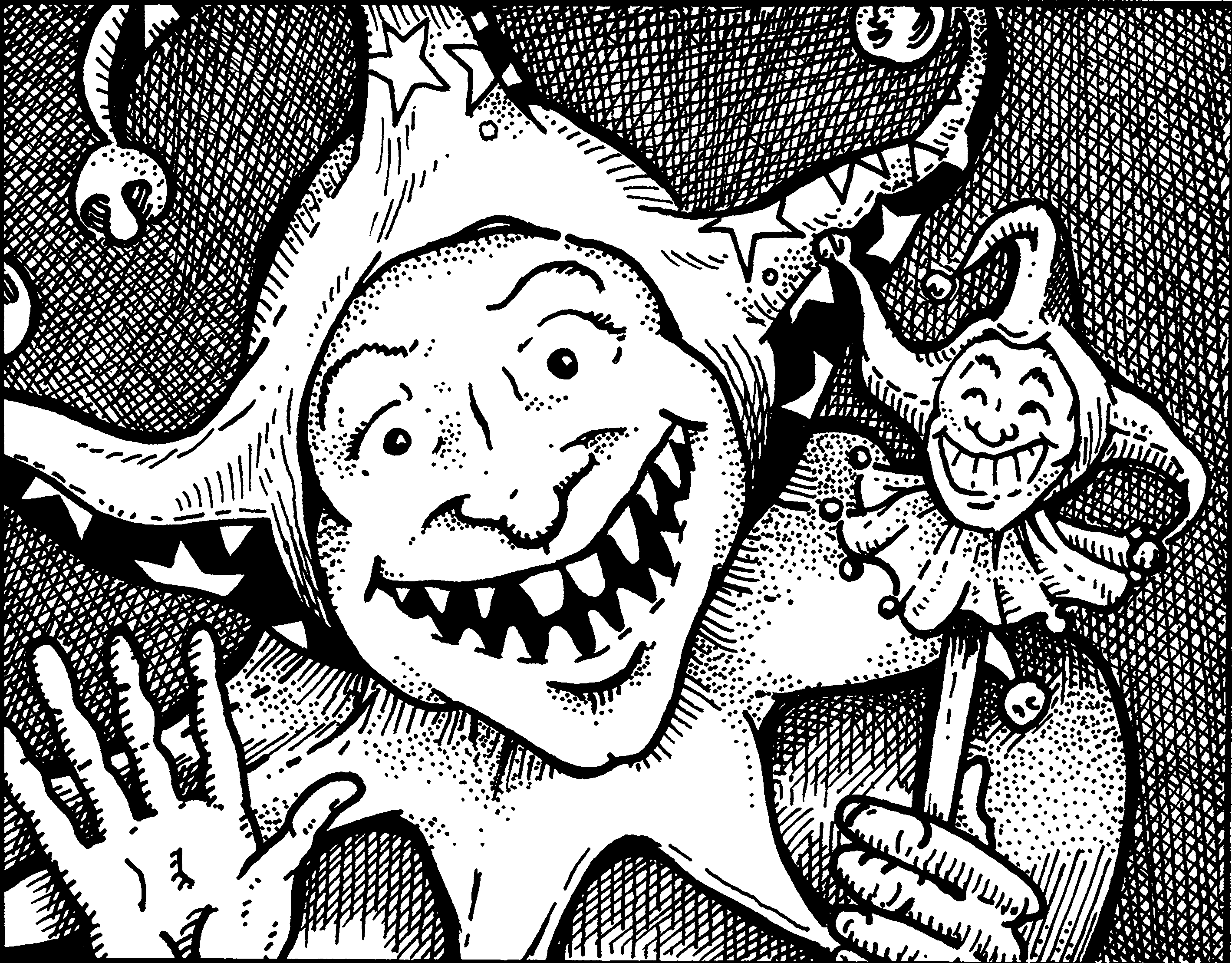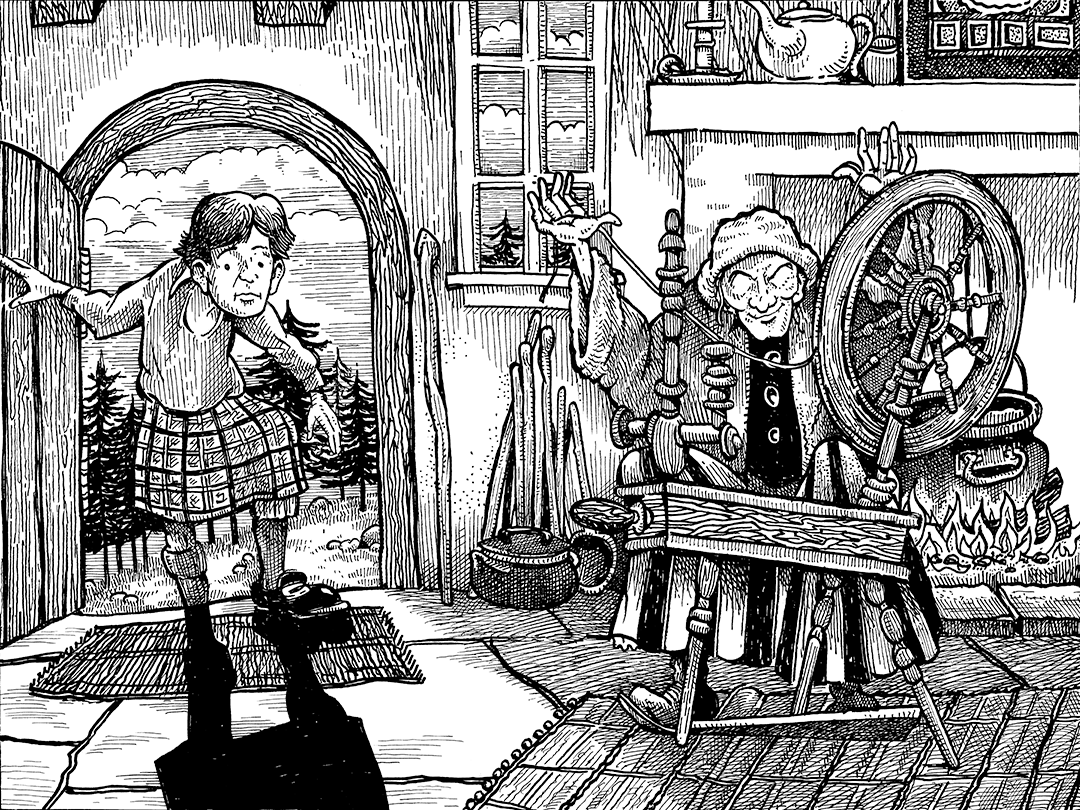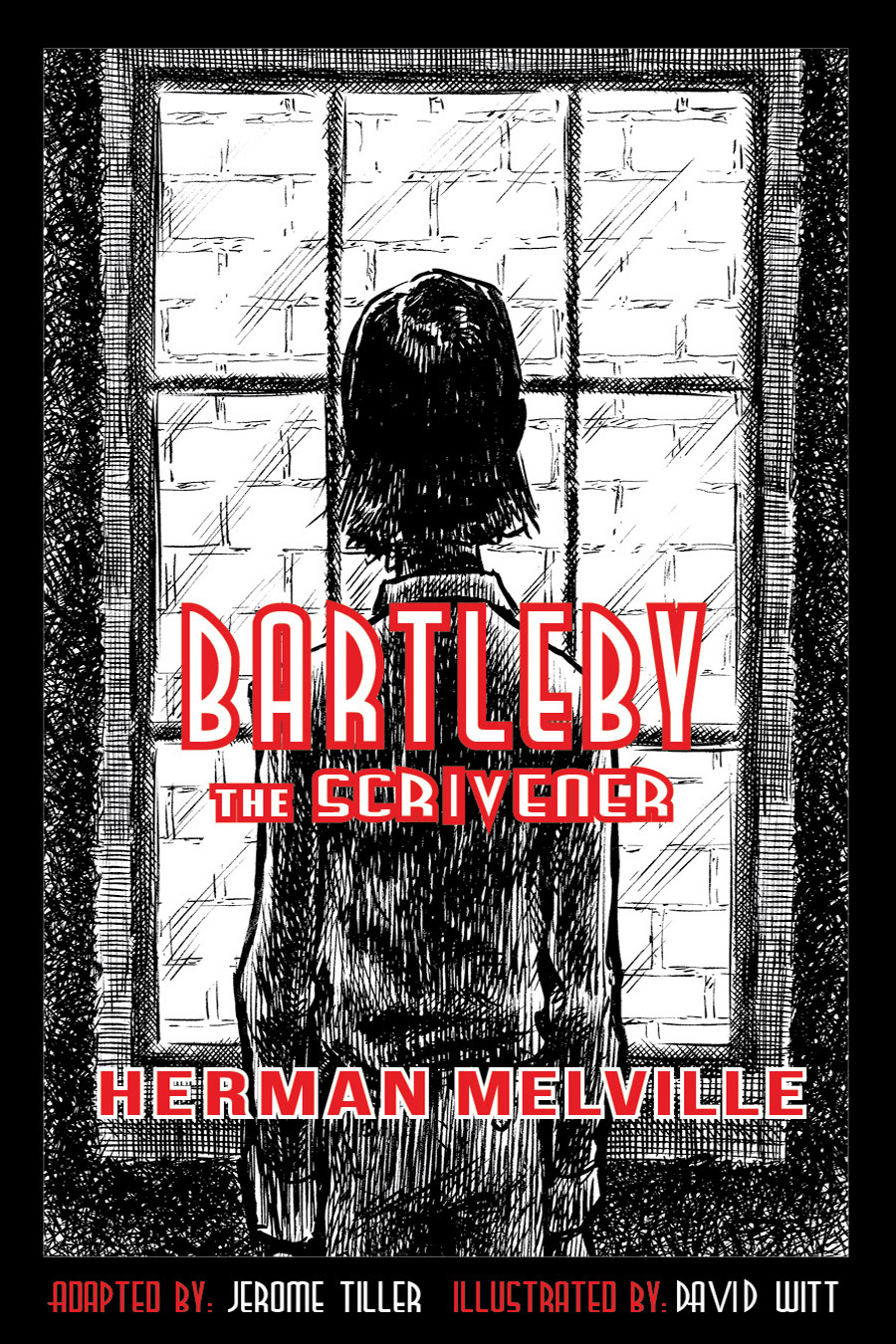Purchasing Options for Self-Made Men

Purchasing options for Self-Made Men have been determined after much reflection and many wrong turns. Straight to the point—you can now purchase a real book that can be held, smelled, and shelved or, if you actually prefer a screen, you can view or download a PDF version at no charge to you. Of course, after seeing the free PDF you might decide to purchase a real book you can hold, smell, and shelve or maybe gift to a person that you love or hate. I am okay with that. Either or both are fine. Whatever you want to do. That will be your choice.
How to Live to be 200
Perhaps you live to be 200 by living an unconventional life. Okay, that won’t work for everyone and it didn’t work for Canadian humorist Stephen Leacock (December 30, 1869 – March 28, 1944). But he did in fact live unconventionally. For at brief intervals throughout his adult life, he stopped thinking altogether. By his own account he never tired of being mentally inert, but he did find it impossible to earn a living in that state of mind, so he regularly left it and resumed professing political economy and chairing the Economics and Political Science Department at McGill University in Montreal, Quebec. Oh, and in the cracks of time that arose while doing these jobs, he also wrote books, essays, and articles on economic theory (and yes, humorous fiction—the only pursuit from which he would earn notable money and recognition). Among his works of humorous fiction are essays like the six we present in our illustrated collection, Self-Made Men, Six Humorous Essays by Stephen Leacock. But then, whenever opportunities presented him with a large enough interval of time, he reentered inertia, his preferred state of being.
Illustrated Leacock Essays
The six humorous, illustrated essays in the soon-to-be-published Self-Made Men by Stephen Leacock are drawn from three separate sources of Leacock material. The title essay, Self-Made Men, was published in 1910 in a collection of essays titled Literary Lapses. This was Leacock’s first venture into collecting and self-publishing his humorous essays, all of which had been first published in a variety of magazines. It was an immediate success, garnering him praise and then a contract with a book publisher. From this first venture he proceeded to have an extremely successful career, mainly writing humorous fiction, but also other works. Between the years 1915 and 1925 he was the most popular humorist in the English speaking world.
Does anyone compare to Mark Twain? Yes!

Way up north there was once a Canuck humorist by the name of Stephen Leacock who, as a practicing humorist, was comparable to Mark Twain. Yes indeed, he was. Just as worthy comedians and humorists in the USA are annually awarded the Mark Twain Prize for American Humor, worthy humor writers in Canada are annually awarded the Stephen Leacock Memorial Medal for Humour. And yet, despite his grand reputation, many avid readers in the USA and elsewhere have never heard of Mr. Leacock.
Adapted Classics "Hop-Frog" rated ideal format for Middle School Readers

We greatly value their opinion. Midwest Book Review is an on-line book review magazine well-respected in the book trade. They selectively review books by small publishers and independent authors. Small players in the book trade, such as ourselves, seek reviews from MBR since almost all review journals will only review books from large publishers.
Eve Illustrated - Literature with Beautiful Curves

As suggested in “Mark Twain’s the Diaries of Eve and Adam”, and as illustrated by Marc Johnson-Pencook, Eve has beautiful curves. She is lithe, slender, trim, rounded, shapely, nimble, and graceful. Adam looks like a derrick, or maybe architecture. Eve, standing on a rock, head tilted back, watching the flight of a bird in the sky, is beautiful. Adam resembles a reptile.
It’s no surprise that Twain made Eve more physically attractive than Adam. I suppose he could have written a completely farcical story about the first human creatures and made them much different than readers would expect. Instead, he stuck with one of his trademark approaches, humor by exaggeration, and poked fun at feminine and masculine stereotypes. I’m glad he did....
Twain Illustrated that he was Running for Governor
Twain Illustrated contains three funny stories by Mark Twain. All three stories are funny, but one, Running for Governor, is also scary, since it strikes so closely to what is currently happening in the USA and elsewhere. Democracy is in danger because so many people don’t know what to believe in this information/disinformation age of ours. Of course, as the story shows, this phenomenon is not exactly brand new. For most of the nineteenth century, politicians funded major newspapers throughout the US. In 1870, only 11% of urban daily newspapers were independent of corrupt influence by politicians. Twain surely had this in mind while writing Running for Governor for his monthly column in The Galaxy, a literary magazine, in which he portrayed his fictional candidacy for Governor to be just as hopelessly futile as it would have been in fact. Enjoy a Read-Along Video of Running for Governor Here!
Big News! The Midwest Publishers Association (MIPA) has named Twain Illustrated 2023 Winner for Short Story/Anthology
Tolstoy - Radical Christian?
In two previous blogs (here and here), and within the book Tolstoy illustrated, I claimed that Leo Tolstoy formed his worldview based on the teaching of Jesus Christ and that he was a radical Christian.But to identify Tolstoy as a radical Christian requires explanation. First however, there is no doubt that Tolstoy's worldview was based upon a very literal—and thus radical–understanding of the life and teaching of Jesus Christ. Each of the three stories in Tolstoy Illustrated highlight different aspects of Christ's uncommonly iridescent teaching.
Leo Tolstoy –– Fellow Adapter
Fellow adapter? Am I equating myself with Leo Tolstoy? Are you kidding? I don't equate anybody with Leo Tolstoy. He is not only a master, he is the master. I just mean that, besides being the greatest original author of all time, he did adapt stories and tales for publication, just as I do. I adapt classic stories for middle school youth and beyond. This is the way Tolstoy and I are similar. But that’s it. That’s my only comparative claim.
Patriotism
It is beyond dispute that Leo Tolstoy scorned all manner of institutional authority. Each of the three stories in Tolstoy Illustrated hint at different aspects of his disdain, a point-of-view he broadened in other writing to include all conceivable feelings and attitudes that institutions transmit to adherents or victims under their influence or control. In this lightly edited and greatly truncated version of Patriotism and Government, an article he wrote in 1900, here’s what Mr. Tolstoy thought about one such feeling—patriotism.
Are Mark Twain and Leo Tolstoy birds of a feather?
Mark Twain and Leo Tolstoy – birds of a feather? Why would anybody think so? Leo Tolstoy was a radical Christian and Mark Twain was something close to an atheist. Leo Tolstoy was financially secure from the time of his birth until his death, while Mark Twain went broke in his constant pursuit of wealth. Mark Twain was spontaneously sociable, Tolstoy guarded, and at least eventually, something close to reclusive. And yet… their attitudes toward institutional power were nearly identical.
Tolstoy Illustrated
Tolstoy Illustrated: Three Stories by Leo Tolstoy contains three illustrated fables adapted by Leo Tolstoy, then adapted once again by me for the purpose of fitting them with illustrations. Tolstoy adapted these and many other moral fables hoping to convert readers, especially young readers, to genuine Christianity. This was the motive behind most of his literary work from about the age of 50 until the age of 75. Of course, to be honest, as time has played out, he would doubtlessly be gravely disappointed to know how little affect his writing would have inspiring such conversion.
DeSantis versus Twain
Running for Governor
In a matchup for the ages, Mark Twain and Ron DeSantis will be Running for Governor. Should someone ban this contest the way that DeSantis bans books? Yes! Let DeSantis run for President! Plus, Mark Twain would ruin Florida society if he should come back from the dead and win. OK – that's not likely to happen. As iconic as Mark Twain is—or was until guys like DeSantis started banning the books he wrote—he cannot come back and do that. No, no can do. So call off the race. Mark Twain will not run for governor. Besides, he’s been indicted, or more correctly, banned for corrupting youth, so surely he would be disqualified from running for office—right???
View and/or download a FREE PDF version of Twain Illustrated here!
Big News! The Midwest Publishers Association (MIPA) has named Twain Illustrated the Winner for Best Short Story Anthology of 2022!.
Middle School Readers Might Meet Mark Twain
Middle schoolers might meet Mark Twain via his famous adventure novels, maybe Tom Sawyer, probably not Huckleberry Finn. The latter is the second most banned book of all time, chiefly because its language is considered racially insensitive, but also because slavery is a major topic within the framework of the story. That’s a bit of history that many people, including administrators, want to forget ever happened.
Then again, perhaps middle schoolers might meet Twain via his early, harmless short tales like The Celebrated Jumping Frog of Calaveras County. Perhaps. But it's hard to believe any middle school readers would meet Mark Twain via his politically controversial works. Knowing there are courageous parents, teachers, and administrators who are unafraid of change or exposing youth to wide-ranging topics and stimulating discussions, I published Twain Illustrated: Three Stories by Mark Twain.
View and/or download a FREE PDF version of Twain Illustrated here!
Big News! The Midwest Publishers Association (MIPA) has named Twain Illustrated finalist for Best Short Story Anthology of 2022!.
Mark Twain Illustrates his Point
Mark Twain illustrates his point well in the story Running for Governor, one of three stories in Twain Illustrated. And what point is that? These days you could easily transpose it to be: Make Fox News pay the price.
Running for Governor is a story that Twain wrote in 1872 for his monthly column in The Galaxy, a literary magazine. It centers on corrupt reporting in newspapers and shows modern readers that misinformation has been freely practiced in the USA for as long as forever.
View and/or download a FREE pdf version of Twain Illustrated here!
Big News! The Midwest Publishers Association (MIPA) has named Twain Illustrated finalist for Best Short Story Anthology of 2022!.
Mark Twain and George MacDonald
View and/or download a FREE pdf version of Twain Illustrated here!
Big News! The Midwest Publishers Association (MIPA) has named Twain Illustrated finalist for Best Short Story Anthology of 2022!.
George MacDonald is Great!
I can't disagree. George MacDonald is great. He does write beautiful prose. So pardon my excuse, but adapting any literary work to accommodate illustrations almost certainly requires some alteration of the original narrative to fit it with illustrations using whatever format the publisher might choose.
MacDonald’s Fantasy Tales Illustrate Well

George McDonald’s fantasy tales illustrate well. As evidence, know that famous illustrator Maurice Sendak illustrated three of MacDonald’s fantasy tales. Now contemporary-classic illustrator Marc Johnson-Pencook, an admirer of Sendak, has illustrated another — The Carasoyn. The book, published November 12, 2022, can be purchased wherever Young Adult books are sold.
Mark Twain Connects with China
Mark Twain connects with readers in China in a way he doesn't usually connect with readers in the USA. Running for Governor, one of three stories in Twain Illustrated, stands out as the best example of why this is so: The Chinese adore Twain as a satirist, while Americans have largely ignored this aspect of his wit.
More than a century after his death American readers still hold Twain the author in the highest esteem. He is widely viewed as the preeminent American humorist and most critics credit him as the founder of the American voice in literature. He is iconic, and has been all along. View and/or download a FREE pdf version of Twain Illustrated here!
Big News! The Midwest Publishers Association (MIPA) has named Twain Illustrated finalist for Best Short Story Anthology of 2022!.
Adapted Classics: The Humor of Twain, Poe, and Hawthorne
Want to grab and hold the attention of middle school students in English class? Why not use Adapted Classics illustrated stories to compare and contrast the humor of Mark Twain, Edgar Allan Poe, and Nathaniel Hawthorne? Twain Illustrated, Poe Illustrated, and Hawthorne Illustrated, are all available from Follett School Solutions in Follettbound editions, made to last forever, as classics merit, even when put into the hands of middle school students! And that’s a great start.
But more important, it’s hard to imagine a more engaging topic for middle school students than humor or a better approach to introduce them to classic literature.A classroom discussion about humor would be educational fun for all, students and teachers alike, since humor has many forms that are worth learning and laughing about. It’s a difficult subject, but one worth exploring.


